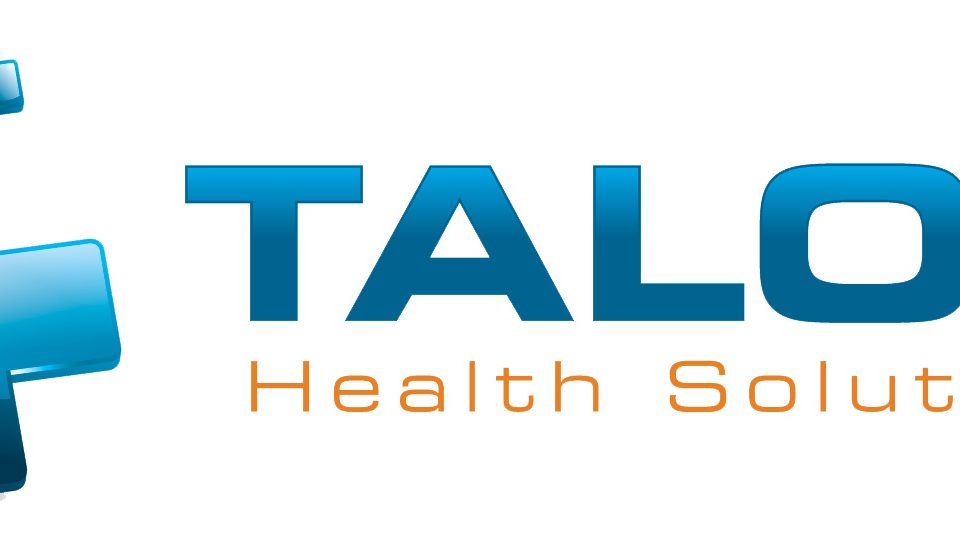Tuberculosis “a neglected disease”
The 24th of March is the World Tuberculosis (TB) Day. It is on this day in 1882 when Dr. Robert Koch discovered the TB bacillus which caused tuberculosis. We believe it is important to stay updated and are bringing to your attention the last news on TB.
Let us start with what we know about tuberculosis? Most of us know that TB attacks our lungs. We are also aware of the fact that tuberculosis is spread via air and is the health problem affecting poorly developed areas. Less known is that after HIV, globally, TB it is the second leading cause of death for 1, 5 million people annually. Speeches, documents and reports prefigure TB as “a neglected disease”.
In Europe and the USA, tuberculosis is well addressed. For example, the European Union countries show the lowest rates of TB cases. Tuberculosis has the status of an “unfashionable” disease as Lesotho Health Minister Mphu Ramatlapeng called it. It mostly affects developing countries. Reports show that in 2013, 9 million people developed TB, and the most affected areas are South-East Asia, Western Pacific regions and African Region.
It is unfortunate to acknowledge that a third of TB suffering individuals are overlooked by the health system. This fact can be inferred from 2014 WHO’s slogan for the World TB Day: “Reach the 3 million” continuing this year with “Reach the 3 Million: Reach, Treat, Cure Everyone”. A repetition stressing the shortage of support and funds.
WHO points out the lack of attention given to TB transmission in health care, as well as to the lack of a global TB control strategy. As a consequence, tuberculosis spreads efficiently with increasingly higher numbers of incidents of multidrug-resistant tuberculosis (MDR-TB) and extensively drug-resistant tuberculosis (XDR-TB). A declining international financial support for TB programs is attested in specific parts of Europe and new coalitions are made urging to take action.
One thing is certain, one of the 5 priority actions set by WHO in the Global Tuberculosis Report represents the need to increase political commitment, which implies fair funding for current interventions and for research. According to WHO, there is an estimated deficit of about US$ 2 billion per year for tuberculosis eradication.
One of the pillars of the post-2015 global TB strategy set by WHO is the intensified research and innovation to reach the goal of 90% reduction in TB incidence rate by 2035. This goes hand in hand with the “engagement of communities, civil society organizations, and public and private care providers” underlined in The END TB strategy.
To conclude, we may say that insufficient education about the disease makes constant victims which calls for active communication campaign on TB, and the involvement of all healthcare actors. Additional awareness programs prove to be need in Aboriginal communities. Proper access to health related information comes to underline the fact that health management starts with each informed individual. Therefore communication, information and awareness prove to be crucial in the eradication of infectious disease, as for many other health conditions.








